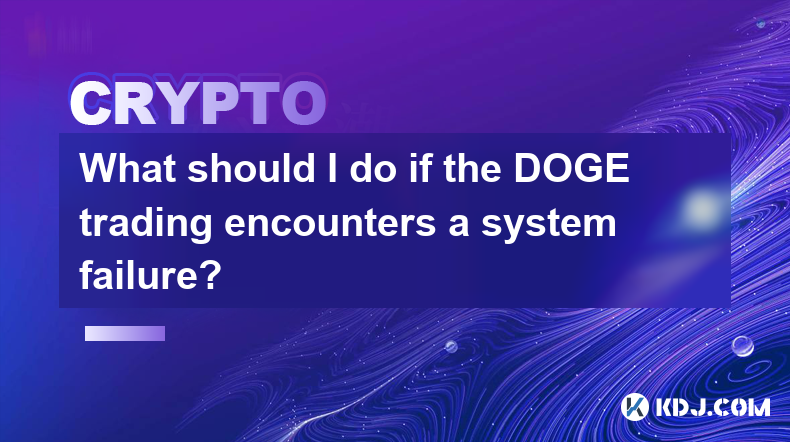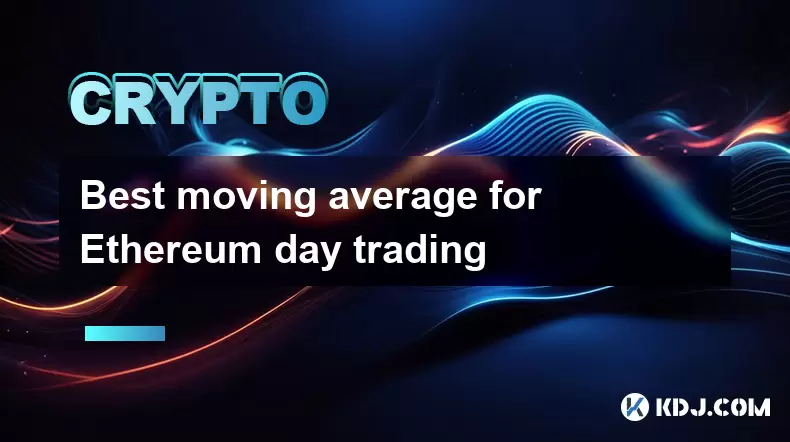-
 Bitcoin
Bitcoin $118100
-0.44% -
 Ethereum
Ethereum $3585
5.43% -
 XRP
XRP $3.434
5.65% -
 Tether USDt
Tether USDt $1.000
0.02% -
 BNB
BNB $743.8
3.89% -
 Solana
Solana $178.7
3.84% -
 USDC
USDC $1.000
0.03% -
 Dogecoin
Dogecoin $0.2381
12.81% -
 TRON
TRON $0.3270
3.62% -
 Cardano
Cardano $0.8315
4.93% -
 Hyperliquid
Hyperliquid $44.51
-4.42% -
 Stellar
Stellar $0.4710
1.52% -
 Sui
Sui $3.896
-2.51% -
 Chainlink
Chainlink $18.09
6.98% -
 Hedera
Hedera $0.2681
9.31% -
 Bitcoin Cash
Bitcoin Cash $516.7
4.83% -
 Avalanche
Avalanche $23.95
6.96% -
 Shiba Inu
Shiba Inu $0.00001490
5.67% -
 UNUS SED LEO
UNUS SED LEO $8.966
0.80% -
 Toncoin
Toncoin $3.294
4.39% -
 Litecoin
Litecoin $105.4
4.69% -
 Polkadot
Polkadot $4.356
5.30% -
 Uniswap
Uniswap $10.29
17.25% -
 Monero
Monero $327.9
-3.04% -
 Bitget Token
Bitget Token $4.942
4.33% -
 Ethena USDe
Ethena USDe $1.001
0.08% -
 Pepe
Pepe $0.00001348
2.17% -
 Dai
Dai $1.000
0.02% -
 Aave
Aave $320.8
0.58% -
 Bittensor
Bittensor $411.8
-4.07%
What should I do if the DOGE trading encounters a system failure?
System failures in DOGE trading can range from server downtime to software bugs; stay calm, check your internet, and contact support if issues persist.
Apr 21, 2025 at 02:14 am

Introduction to DOGE Trading System Failures
Trading DOGE, like any other cryptocurrency, can sometimes be disrupted by system failures. These disruptions can range from minor glitches to significant outages that affect your ability to buy, sell, or manage your DOGE holdings. Understanding what to do when such a system failure occurs is crucial for maintaining control over your investments and minimizing potential losses. In this article, we will explore the steps you should take if you encounter a system failure while trading DOGE.
Identifying Types of System Failures
System failures in DOGE trading can manifest in various forms. Common types of failures include server downtime, connectivity issues, software bugs, and platform-specific errors. Server downtime occurs when the trading platform's servers are offline, preventing you from accessing your account. Connectivity issues might stem from your internet service or the platform's network problems. Software bugs can lead to unexpected behavior within the trading interface, while platform-specific errors might be unique to the trading platform you are using.
Immediate Actions to Take During a System Failure
When you encounter a system failure while trading DOGE, your first action should be to stay calm and assess the situation. Here are some steps to follow:
- Check your internet connection: Ensure that your internet is working properly. Try accessing other websites or platforms to confirm if the issue is isolated to the trading platform.
- Refresh the page or restart the application: Sometimes, a simple refresh or restart can resolve temporary glitches.
- Check the trading platform's status page: Most reputable platforms have a status page or a social media channel where they post updates about any ongoing issues.
- Contact customer support: If the issue persists, reach out to the platform's customer support for assistance. Be prepared to provide details about the problem you are experiencing.
Protecting Your DOGE Holdings During a System Failure
While dealing with a system failure, it's important to take measures to protect your DOGE holdings. Here are some strategies to consider:
- Do not panic sell: Avoid making hasty decisions that could lead to unnecessary losses. Wait for the system to stabilize before taking any action.
- Enable two-factor authentication (2FA): Ensure that your account is secured with 2FA to prevent unauthorized access during outages.
- Keep records of your transactions: Maintain a record of your trades and balances. This can be useful if you need to dispute any discrepancies once the system is back online.
- Diversify your holdings: If possible, consider spreading your investments across multiple platforms to mitigate the risk of a single platform's failure affecting all your assets.
Long-Term Strategies to Mitigate System Failures
To reduce the impact of future system failures on your DOGE trading, consider implementing these long-term strategies:
- Use multiple trading platforms: By trading on more than one platform, you can continue trading on another if one platform experiences a failure.
- Stay informed about platform updates: Regularly check for updates from your trading platforms. This can help you anticipate potential issues and prepare accordingly.
- Backup your wallet: If you hold DOGE in a personal wallet, ensure that you have a backup of your wallet's private keys or seed phrase in a secure location.
- Educate yourself on trading platform features: Understanding the full capabilities of your trading platform can help you navigate system failures more effectively.
Reporting and Escalating System Failures
If a system failure persists and you believe it is due to negligence or a significant issue on the part of the trading platform, you may need to report and escalate the problem. Here are the steps to follow:
- Document the issue: Keep a detailed record of the failure, including timestamps, screenshots, and any error messages you receive.
- Submit a formal complaint: Use the platform's official channels to submit a complaint about the system failure. Include all relevant documentation.
- Engage with community forums: Sometimes, other users may have experienced the same issue and can offer advice or support. Platforms like Reddit or specific cryptocurrency forums can be valuable resources.
- Consider regulatory action: If the failure results in significant financial loss and you believe the platform has been negligent, you might need to contact regulatory bodies or legal professionals for further action.
Frequently Asked Questions
Q: Can a system failure on a trading platform lead to loss of my DOGE?
A: While a system failure itself should not lead to a direct loss of your DOGE, it can prevent you from accessing or trading your assets during the outage. If the platform experiences a security breach during this time, there could be a risk of theft. Always ensure your account is secured with strong passwords and 2FA.
Q: How long do system failures typically last on DOGE trading platforms?
A: The duration of system failures can vary widely, from a few minutes to several hours or even days in extreme cases. The length of the outage depends on the nature of the problem and the platform's ability to resolve it.
Q: Is there a way to predict when a system failure might occur?
A: While it's impossible to predict system failures with certainty, you can monitor the platform's performance history and stay updated through their communication channels. Platforms with a history of frequent outages might be more prone to future failures.
Q: Should I switch to another trading platform if I experience frequent system failures?
A: If you consistently experience system failures on a particular platform, it might be wise to consider switching to a more reliable one. Evaluate other platforms based on their uptime, user reviews, and security features before making a decision.
Disclaimer:info@kdj.com
The information provided is not trading advice. kdj.com does not assume any responsibility for any investments made based on the information provided in this article. Cryptocurrencies are highly volatile and it is highly recommended that you invest with caution after thorough research!
If you believe that the content used on this website infringes your copyright, please contact us immediately (info@kdj.com) and we will delete it promptly.
- XRP, Ripple, Bitcoin, Ethereum: Decoding the Crypto Landscape
- 2025-07-19 05:50:13
- Penny Altcoins Eyeing $1 in Q3 2025: Cardano, BlockchainFX, and the Hunt for Crypto Gold
- 2025-07-19 05:10:13
- Trump, Stablecoins, and New Laws: A Crypto Revolution?
- 2025-07-19 05:10:13
- Trump, Crypto, and US Dominance: A New Era?
- 2025-07-19 05:50:13
- Smarter Web's Bitcoin Accumulation Plan: Riding the Crypto Wave
- 2025-07-19 05:55:12
- Princess Anne's 75th Birthday: A Royal First and a Celebration of Duty
- 2025-07-19 04:50:13
Related knowledge

How to use the Ichimoku Cloud for ETH?
Jul 18,2025 at 09:56pm
Understanding the Ichimoku Cloud and Its ComponentsThe Ichimoku Cloud, also known as Ichimoku Kinko Hyo, is a versatile technical analysis tool that p...

SMA vs EMA for Ethereum which is better?
Jul 19,2025 at 12:36am
Understanding the Basics of SMA and EMAIn the world of cryptocurrency trading, especially when dealing with Ethereum, technical indicators play a cruc...

Best moving average for Ethereum day trading
Jul 19,2025 at 01:42am
Understanding the Role of Moving Averages in Ethereum Day TradingIn the realm of Ethereum day trading, moving averages are indispensable tools for ide...

How to customize USDT TRC20 mining fees? Flexible adjustment tutorial
Jun 13,2025 at 01:42am
Understanding USDT TRC20 Mining FeesMining fees on the TRON (TRC20) network are essential for processing transactions. Unlike Bitcoin or Ethereum, whe...

USDT TRC20 transaction is stuck? Solution summary
Jun 14,2025 at 11:15pm
Understanding USDT TRC20 TransactionsWhen users mention that a USDT TRC20 transaction is stuck, they typically refer to a situation where the transfer...

How to cancel USDT TRC20 unconfirmed transactions? Operation guide
Jun 13,2025 at 11:01pm
Understanding USDT TRC20 Unconfirmed TransactionsWhen dealing with USDT TRC20 transactions, it’s crucial to understand what an unconfirmed transaction...

How to use the Ichimoku Cloud for ETH?
Jul 18,2025 at 09:56pm
Understanding the Ichimoku Cloud and Its ComponentsThe Ichimoku Cloud, also known as Ichimoku Kinko Hyo, is a versatile technical analysis tool that p...

SMA vs EMA for Ethereum which is better?
Jul 19,2025 at 12:36am
Understanding the Basics of SMA and EMAIn the world of cryptocurrency trading, especially when dealing with Ethereum, technical indicators play a cruc...

Best moving average for Ethereum day trading
Jul 19,2025 at 01:42am
Understanding the Role of Moving Averages in Ethereum Day TradingIn the realm of Ethereum day trading, moving averages are indispensable tools for ide...

How to customize USDT TRC20 mining fees? Flexible adjustment tutorial
Jun 13,2025 at 01:42am
Understanding USDT TRC20 Mining FeesMining fees on the TRON (TRC20) network are essential for processing transactions. Unlike Bitcoin or Ethereum, whe...

USDT TRC20 transaction is stuck? Solution summary
Jun 14,2025 at 11:15pm
Understanding USDT TRC20 TransactionsWhen users mention that a USDT TRC20 transaction is stuck, they typically refer to a situation where the transfer...

How to cancel USDT TRC20 unconfirmed transactions? Operation guide
Jun 13,2025 at 11:01pm
Understanding USDT TRC20 Unconfirmed TransactionsWhen dealing with USDT TRC20 transactions, it’s crucial to understand what an unconfirmed transaction...
See all articles

























































































